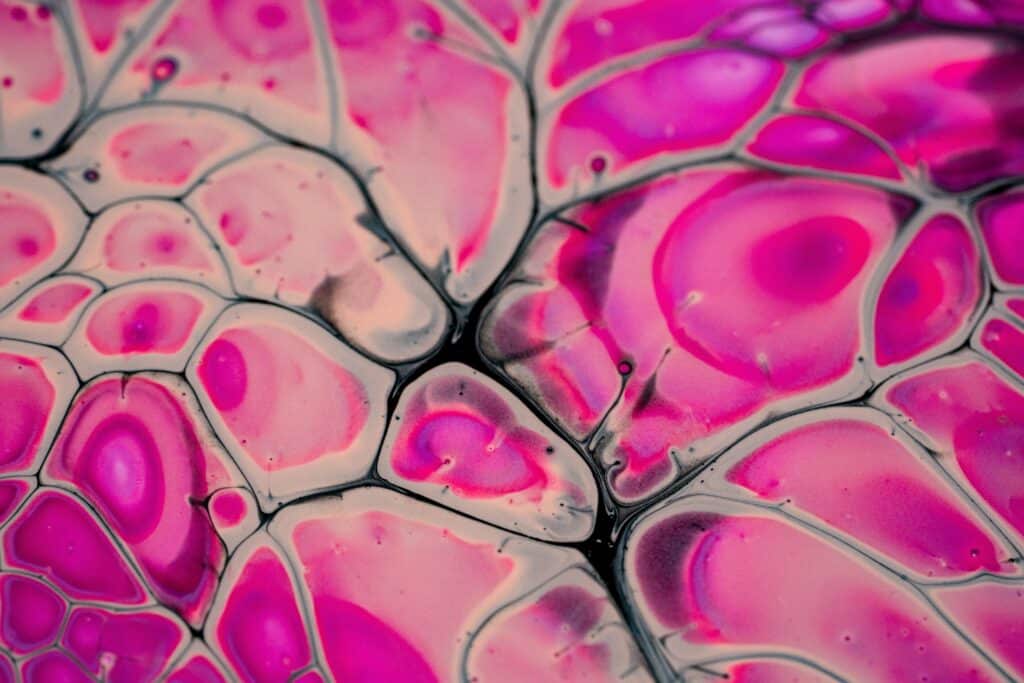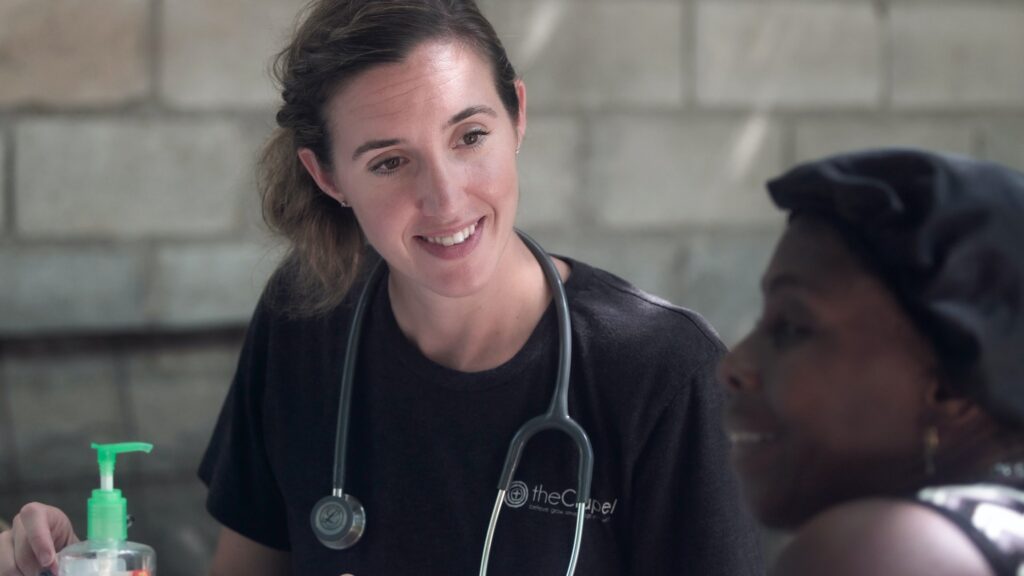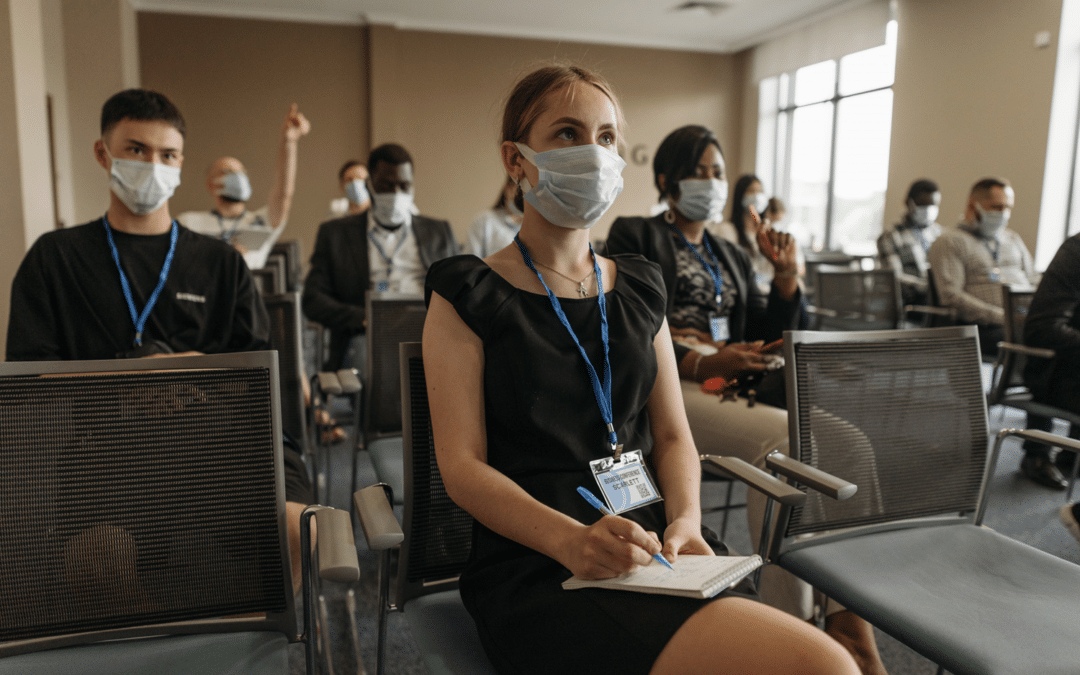What is a herxheimer reaction?
Dr. Richard Horowitz, a renowned Lyme Literate Physician describes herxing in his book “How Can I Get Better?” as a temporary worsening of the symptoms of Lyme disease that occurs when the Lyme spirochete is being killed off, creating inflammation.1 There may not be a cure for herxing nor a cure for Lyme disease – but scientists are working on a Lyme vaccine for the future.
Researchers discovered that during the treatment of Lyme disease, there are components of the cells that remain in which trigger inflammatory responses. This elevated immune response is brought on by the production of cytokines (TNF-alpha, IL-6, and IL-8), histamine, and white blood cells. A study demonstrated that “cytokines, like IL-6 and IL-8, have been shown to increase within 2 hours of penicillin treatment for relapsing fever.”2
When pathogens die and produce cytokines, the body may not be able to expel them from the body as efficiently as possible. This creates inflammation, causing individuals to have an increase in symptoms. “When the body can’t clear these toxins from the blood stream fast enough, it results in an acid imbalance that then impairs the enzymes needed to maintain a normal pH (balance of acidity to alkalinity). The more spirochetes that die, the stronger the reaction will be.”1
Austrian dermatologists, Adolf Jarisch and German dermatologist, Karl Herxheimer are known for documenting a pattern of increased symptoms while treating their patients with syphilis.1
The link between syphilis and Lyme disease is that they are both caused by cork-screw shaped bacteria belonging to the spirochete family. While spirochetes are small, they can have significant health impacts

What are symptoms of a herxheimer reaction, and what does herxing feel like?
Symptoms of a die off reaction often include a general worsening of the underlying symptoms. People going through Lyme disease treatment, such as hyperthermia treatment, can also have a flare ups from not only the die off of a pathogenic load, but also a fungal load, such as mold or candida, and the treatment of heavy metals as well.1
Some symptoms of herxing can include:
- Brain fog
- Increased fatigue
- Muscle and joint pain
- Headaches
- Anxiety, depression, and/or irritability
- Hair loss
- Gut issues
- Insomnia
- Nausea
- Swelling
- Rashes

How long does herxing last?
The timeline of a herxheimer reaction can be dependent on many factors. The main factors include the type of treatment the individual is receiving, genetics, immune system, cellular energy, and how well their body detoxes.
For some people a herx can last 48-72 hours. However, other times a herxheimer reaction can last for multiple weeks.
I have worked with individuals that have had a die of reaction from the antimicrobial herbals Cat’s Claw that is specific for treating Lyme disease. The reaction lasted a few days. Although, when the antimicrobial Cryptolepis was added, their herxheimer reaction was more significant.
Cryptolepsis is an antiparasitic herbal, which told me that this person had a higher load of this specific pathogen in their system, that was likely contributing to many of their symptoms.
Implementing treatments one at a time is key. Understanding how and why the body is reacting to treatment, helps the practitioner navigate the treatment protocol. My approach is slow and steady wins the race.
Certain genetic defects can prevent the body from eliminating toxins as efficiently as possible as well. In my Practice we use specific supplements to help assist Phase one and Phase two detox pathways (specifically glucuronidation) so that their body is supported in this process.

What are therapies to decrease a herxheimer reaction?
A herxmiemer reaction can impact your cell membranes and your mitochondria. Making sure your mitochondria is working optimally in the recovery process is crucial to healing. Therefore, when treating tick-borne infections, I try to support the body as much as possible to prevent a herxheimer reaction from taking place.
Many people feel so crummy that their main focus is all about killing the pathogens. However, again, if you are not incorporating enough detoxification therapies into your treatment plan, then it often times can backfire on you. Where it is one step forward and two steps backwards.
LISTEN TO YOUR BODY. If you are having a flare up, this is a clue that there are too many dead pathogens (toxins) in your system, and you need adjust the treatment plan.
Before even starting on pathogenic treatment protocols, I focus on therapies to support the body’s drainage pathways. Specifically focusing on the liver, colon, and lymphatic system. Making sure the bile is not sluggish and your bowels are moving. You want these toxins having a way out so that they are not going to continue to circulate throughout your body and create additional inflammation.3
Supporting your body through dry brushing, saunas, diet, binders, detox baths, castor oil packs, certain infusions, rebounding, hydrotherapy, anti-inflammatory supplements, mild exercise, adequate sleep, herbs for gut health, and electrolytes and minerals are all helpful in a balanced approach in your recovery process.
Treating Lyme disease is like a dance, where you need to be in tune with your body and work as a team. Our Practice, at The Lyme Specialist, we can help you navigate this process so that therapies are introduced to your body at a time that it will be receptive to them for sustainable healing.
Citations:



